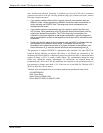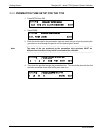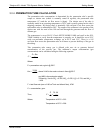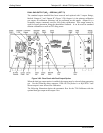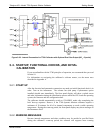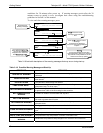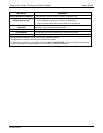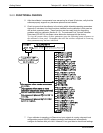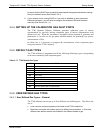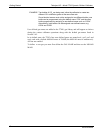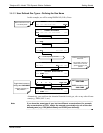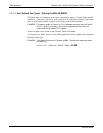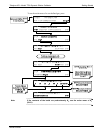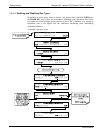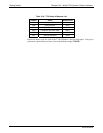
Teledyne API – Model T700 Dynamic Dilution Calibrator Getting Started
81
to ensure that the DHCP has successfully downloaded the appropriate network settings
from your network server (See Section 5.4.1).
8. If your network is not runni
ng DHCP or if you wish to establish a more permanent
Ethernet connection, you will have to configure the calibrator’s Ethernet interface
manually (See Section 5.4.1.1).
3.4.4. SETTING UP THE CALIBRATION GAS INLET PORTS
The T700 Dynamic Dilution Calibrator generates calibration gases of various
concentrations by precisely mixing component gases of known concentrations with
diluent (zero air). When the instrument is equipped with the optional O
3
generator and
photometer, it can also use the gas phase titration method for generating very precise
concentrations of NO
2
.
In either case, it is necessary to program the concentrations of the component gases
being used into the T700’s memory.
3.4.5. DEFAULT GAS TYPES
The T700 calibrator is programmed with the following default gas types corresponding
to the most commonly used component gases:
Table 3-17: T700 Default Gas Types
NAME GAS TYPE
NONE
Used for gas inlet ports where no gas bottle is attached
SO
2
sulfur dioxide
H
2
S
hydrogen sulfide
N
2
O
nitrous oxide
NO
nitric oxide
NO
2
nitrogen dioxide
NH
3
Ammonia
1
CO
carbon monoxide, and;
CO
2
carbon dioxide
HC
General abbreviation for hydrocarbon
1
It is not recommended that ammonia be used in the T700.
3.4.6. USER DEFINED GAS TYPES
3.4.6.1. User Defined Gas Types – General
The T700 calibrator can accept up to four different user defined gases. This allows the
use of:
Less common component gases not included in the T700’s default list;
More than one bottle of the same gas but at different concentrations. In this case,
different user-defined names are created for the different bottles of gas.
06873B DCN6388



